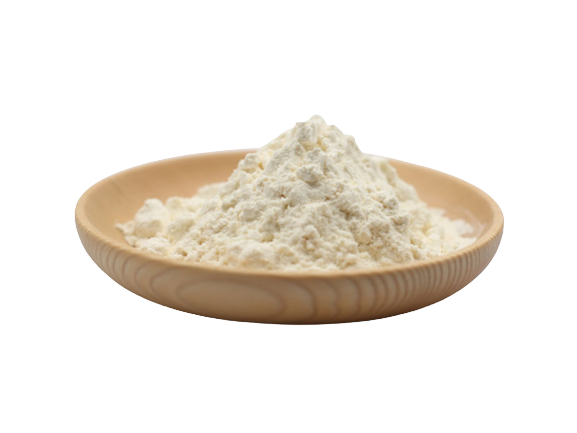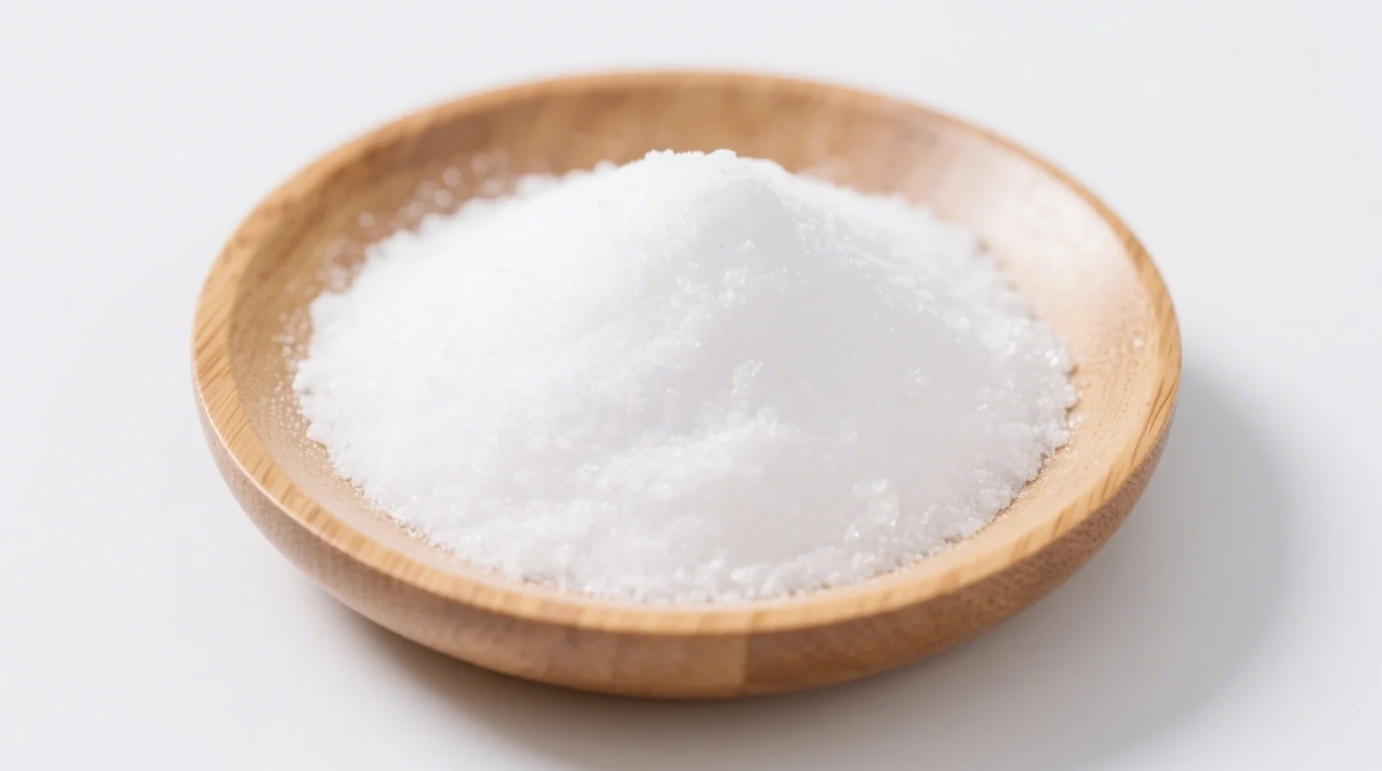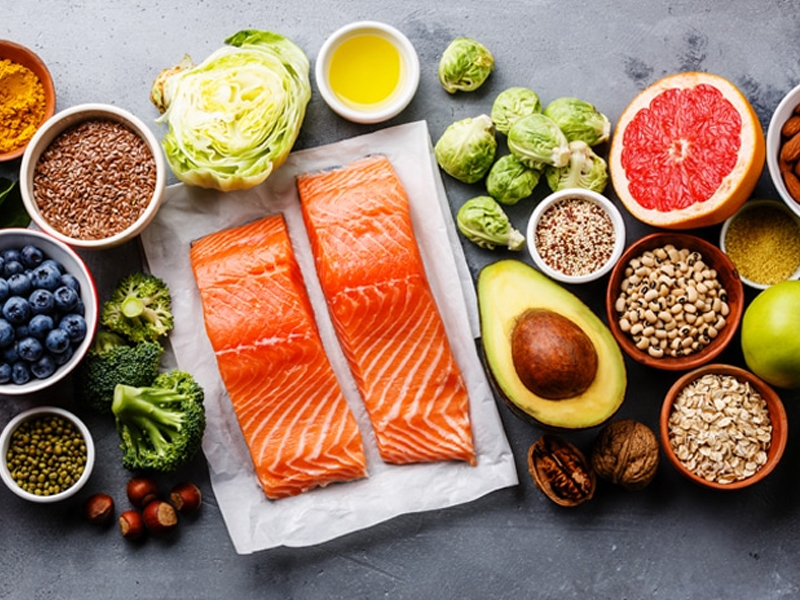In the quest for guilt-free sweetness, organic allulose emerges as the biochemically brilliant outlier—offering near-sugar flavor with minimal downsides. Here’s how it outshines stevia, erythritol, and monk fruit for metabolic health.
The Health Yardstick: What Makes a Sweetener “Healthy”?
| Metric | Allulose | Erythritol | Monk Fruit | Stevia |
|---|---|---|---|---|
| Blood Sugar Impact | GI = 0 | GI = 0-1 | GI = 0 | GI = 0 |
| Calories | 0.4 kcal/g | 0.24 kcal/g | 0 kcal | 0 kcal |
| Gut Tolerance | >45g/day limit¹ | ≤35g/day limit | Unlimited | Bitter aftertaste |
| Dental Safety | Non-cariogenic | Non-cariogenic | Non-cariogenic | Non-cariogenic |
| Processing | Fermentation → crystallization | Fermentation | Extract/concentrate | Solvent extraction |
¹Per FDA GRAS Notice 400; best-in-class tolerance.
Allulose’s Edge: 3 Science-Backed Wins
Diabetic Superpower
- Unique mechanism: Blocks intestinal sucrase enzyme → reduces glucose absorption by 20% in diabetics (Journal of Endocrinology, 2020).
- Stevia/erythritol can’t do this—they merely avoid spiking sugar.Liver Health Protector
- Reduces fatty acid synthase (FAS) activity → lowers liver fat accumulation by 45% in animal models (Nutrition & Metabolism).Real Sugar Flavor
- Activates identical taste receptors (T1R2/T1R3) as sucrose → zero licorice/bitter aftertaste (unlike stevia/monk fruit).
Powder vs. Syrup: Which Form Reigns?
| Factor | Organic Allulose Powder | Organic Allulose Syrup |
|---|---|---|
| Best For | Baking, dry mixes | Beverages, dressings, caramel |
| Blood Sugar Effect | Identical | Identical |
| Health Additives | None (pure powder) | Risk of preservatives |
| Cost Efficiency | $0.30/g → economical for cooking | $0.50/g → pricier per serving |
| Texture Perk | Prevents caking | Caramelizes like sugar |
Organic Non-GMO Verification: Ensures corn-free options (tapioca/fig sources).
Where Alternatives Fall Short
- Erythritol: Causes bloating/SIBO flare-ups at >35g; cooling aftertaste
- Stevia: Bitter receptors activation → not ideal in savory dishes
- Monk Fruit: Often blended with erythritol → negates gut benefits
- Xylitol: Toxic to dogs; calorie-dense (2.4 kcal/g)
Allulose’s Minor Drawbacks
- Laxative Threshold: >50g/day may cause diarrhea (still higher than erythritol’s 35g)
- Browning Limitations: Cookies bake paler than sugar-based versions
- Not Whole Food: Still a processed sweetener → can’t replace fruit’s nutrients
5 Strategic Uses for Maximum Health Impact
- Diabetic Coffee Sweetener: 1 tsp powder → zero glucose spike
- Keto Caramel: Simmer syrup + butter → sugar-free dessert topping
- Gut-Safe Smoothies: Blend 2 tsp powder → masks greens without gas
- Glycation Defense: Replace sugar in baked goods → blocks AGE formation
- Post-Workout Hydration: Syrup + sea salt + water → replenishes minerals sans sugar crash
Who Should Avoid Allulose?
| Group | Concern | Better Alternative |
|---|---|---|
| IBS-D Sufferers | Osmotic diarrhea risk | Pure monk fruit extract |
| Pet Households | Uncertain dog toxicity | Pure stevia glycerite |
| “Clean Food” Advocates | Processing concerns | Whole fruit purees (dates) |
Contraindication: May interact with diabetes meds—consult your doctor.
Why Organic Matters
| Conventional Risk | Organic Solution |
|---|---|
| Glyphosate in corn sources | Glyphosate-free sourcing |
| Synthetic enzymes | Non-GMO fermentation |
| Solvent residues | Water-based crystallization |
The Verdict
Organic allulose is the healthiest processed sugar substitute for those prioritizing:
- Blood sugar stability (superior to stevia/erythritol)
- Gut comfort (beats sugar alcohols)
- Culinary versatility (outclasses monk fruit)
Powder suits precision baking; syrup excels in liquids and caramelization. But it’s not magic: Pair with whole foods, respect dosage, and choose certified organic for purity.
Bottom Line
For diabetics, keto devotees, and metabolic health seekers, allulose is biochemistry’s sweetest gift. It mimics sugar’s joy while dodging its damage—making it the current pinnacle of functional sweeteners.
Sources: FDA GRAS Notice 400, Clinical Nutrition Journal (diabetic studies), EFSA Safety Assessment (2023)
Disclaimer: Not for children <3 or pregnant/nursing women without medical guidance.
Related Products
Organic Monk Fruit Extract
Zero-Calorie Natural Sweetener for Clean-Label Food, Beverage & Supplement Applications
Organic Xylitol
Natural Sugar Alcohol for Tooth-Friendly, Low-Glycemic Formulations
Organic Allulose Sweetener
Zero-Calorie, Natural Sweetener for Clean-Label Food, Beverage & Keto Formulations




